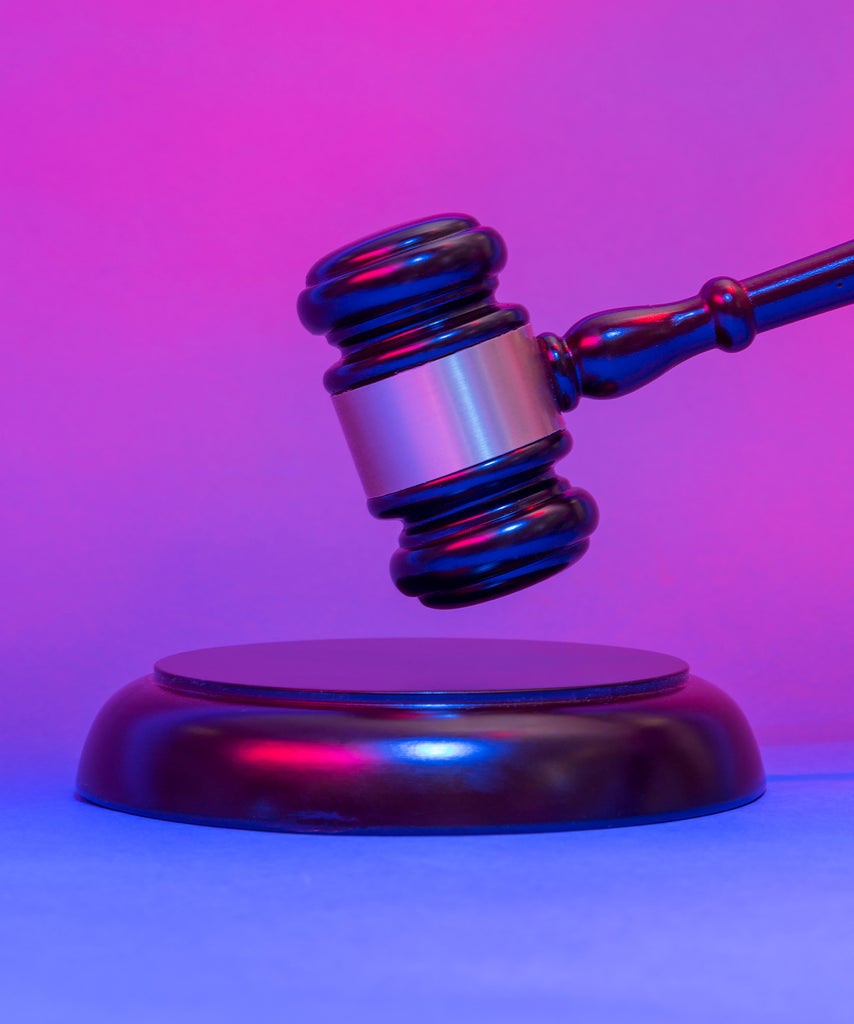What Is A State Of Emergency? Public Officials Respond To Coronavirus Outbreak
March 10, 2020DMT Beauty#DMTBeautySpot #beauty

COVID-19, otherwise known as coronavirus, which originated in Wuhan, China continues to spread around the world, interrupting and shutting down large events and even causing people to stay home from the primaries. Databases like the one Johns Hopkins University’s Center for Systems Science and Engineering is keeping are mapping out how the virus is spreading and how many are affected.
At this point, the number stands are 118,101 confirmed cases around the world. People are being quarantined around the world, with places like France and Italy canceling gatherings, many workplaces in America shutting down offices and insisting on remote work, and schools, including Harvard, closing and turning students away. There are more than 700 reported cases of coronavirus in the U.S., with hundreds of thousands affected overseas, and a growing death rate both locally and internationally.
Given the fact that there is not yet a vaccine, panic of all kinds has ensued, various state officials have declared a “state of emergency.” The airborne illness, which is spread through close contact or bodily fluids, is reaching uncontrollable transmission rates, which, to no surprise, are warranting the emergency declaration across U.S. states. Still, the terms of a state of emergency are still quite unclear in action, causing many to wonder, what do these new pandemic announcements actually mean?
Essentially, a state of emergency means that the government has laid down the law that it’s now empowered to take actions or impose policies it might normally not be allowed to. States of emergency are usually enacted during a disaster, whether natural or man-made, like civil unrest or armed conflict. This could result in everything from schools to shut down, workplaces and businesses to close, and even city-wide quarantines.
When a state of emergency is enacted, public officials are able to more freely spend money and resources to prepare for disasters and situations to worsen. Basically, it removes red tape so that governments can purchase supplies and hire workers to respond to disasters. For example, in New York, the declaration of a state of emergency means that qualified professionals and experts other than doctors and nurses can perform testing for coronavirus.
According to CNN, the states that have currently declared an official state of emergency include New York, California, Florida, Indiana, Kentucky, Maryland, Utah, Oregon, and Washington. While Pennsylvania hasn’t issued a state of emergency, the state has issued a disaster declaration. Austin, Texas has done the same, and it’s likely many states and localities will follow shortly.
Currently, New York and Washington are the most affected states. New York has 175 confirmed cases and over 20 deaths as of Tuesday. Washington state is battling with a growing 254 cases and over 20 deaths, many of which are isolated in the Seattle area. As most states continue to see rising numbers, the state of emergency announcements are flooding in. According to CDC recommendations, people in infected areas should regularly wash their hands and refrain from touching their faces.
Like what you see? How about some more R29 goodness, right here?
What You Need To Know About Nails & Coronavirus
Why NYC Schools Will Not Close After Coronavirus
How Coronavirus Will Impact Primary Elections
DMTBeautySpot
via https://www.DMTBeautySpot.com
Elly Belle, Khareem Sudlow

0 comments